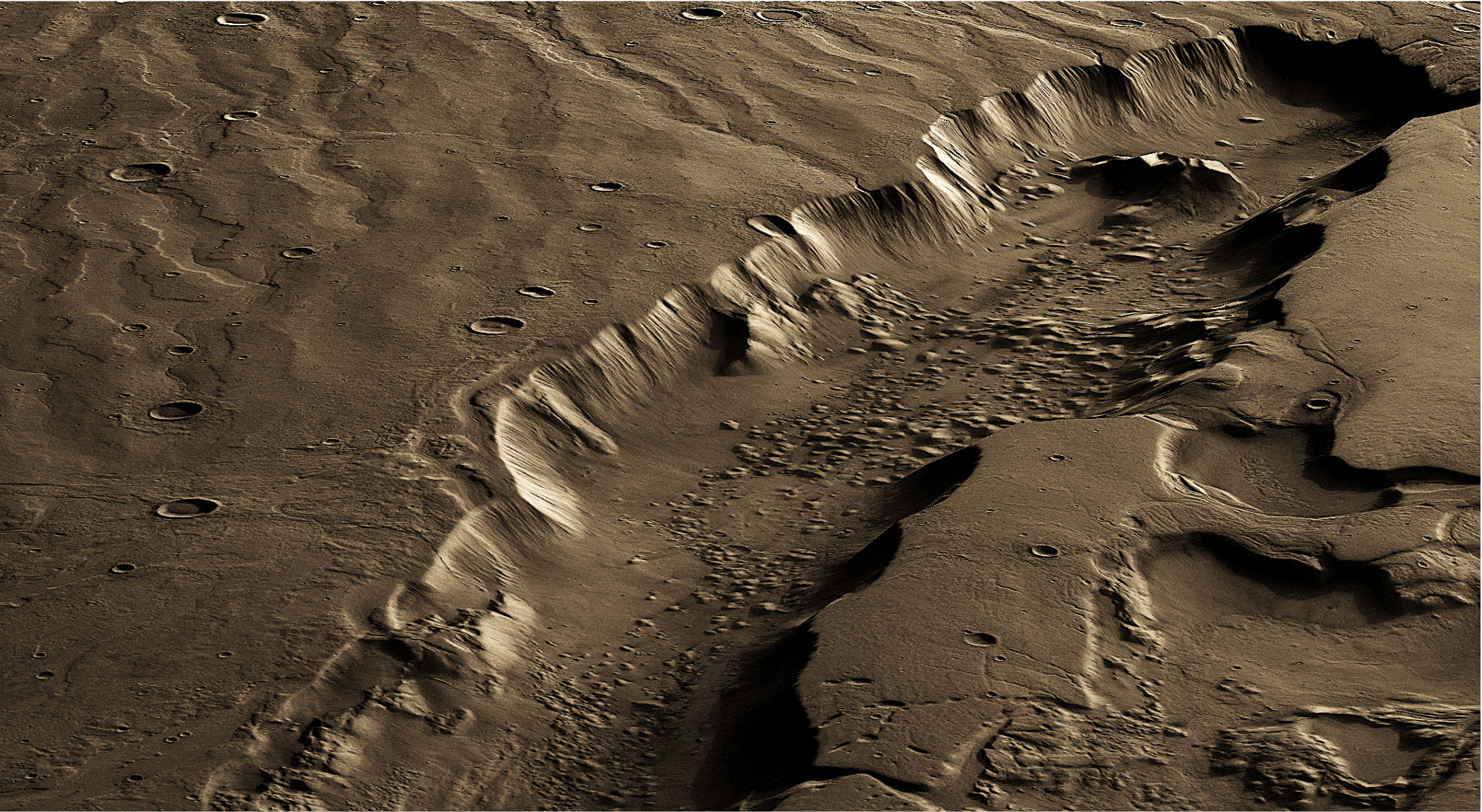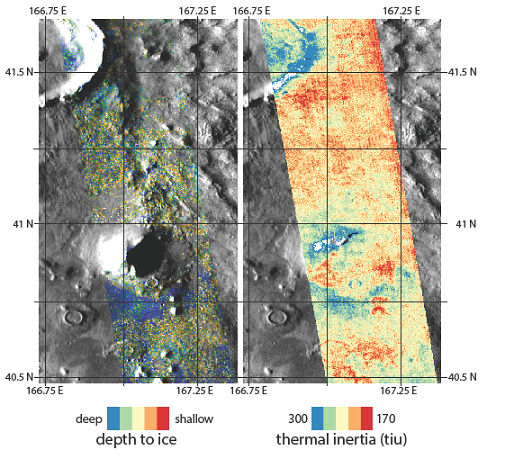In two connected studies, cave ecologist Jut Wynne, along with dozens of co-authors including engineers, astrophysicists, astrobiologists and astronauts, lay out the research that needs to be done to get us closer to answering the old-age question about life beyond Earth.
Tag: life on mars
Rutgers Planetary Scientist, Bioscientist Available for Comment on Perseverance Rover Landing
FOR IMMEDIATE RELEASE Media contact: Neal Buccino, [email protected], 732-668-8439 Scheduled for a Feb. 18 Mars landing, the rover will look for signs of past life New Brunswick, N.J. (Feb. 11, 2021) – Rutgers University-New Brunswick planetary and life scientists are…

Best Region For Life on Mars Was Far Below Surface
The most habitable region for life on Mars would have been up to several miles below its surface, likely due to subsurface melting of thick ice sheets fueled by geothermal heat, a Rutgers-led study concludes. The study, published in the journal Science Advances, may help resolve what’s known as the faint young sun paradox – a lingering key question in Mars science.

One step closer to living on Mars: NAU scientists contribute to NASA’s ‘treasure map’ of widespread water ice near planet’s surface
Northern Arizona University professor Christopher Edwards and postdoc Jennifer Buz are co-authors of a study published this week in Geophysical Research Letters that mapped several locations on Mars at high and mid-latitudes where water ice exists at a depth as little as an inch below the planet’s surface.